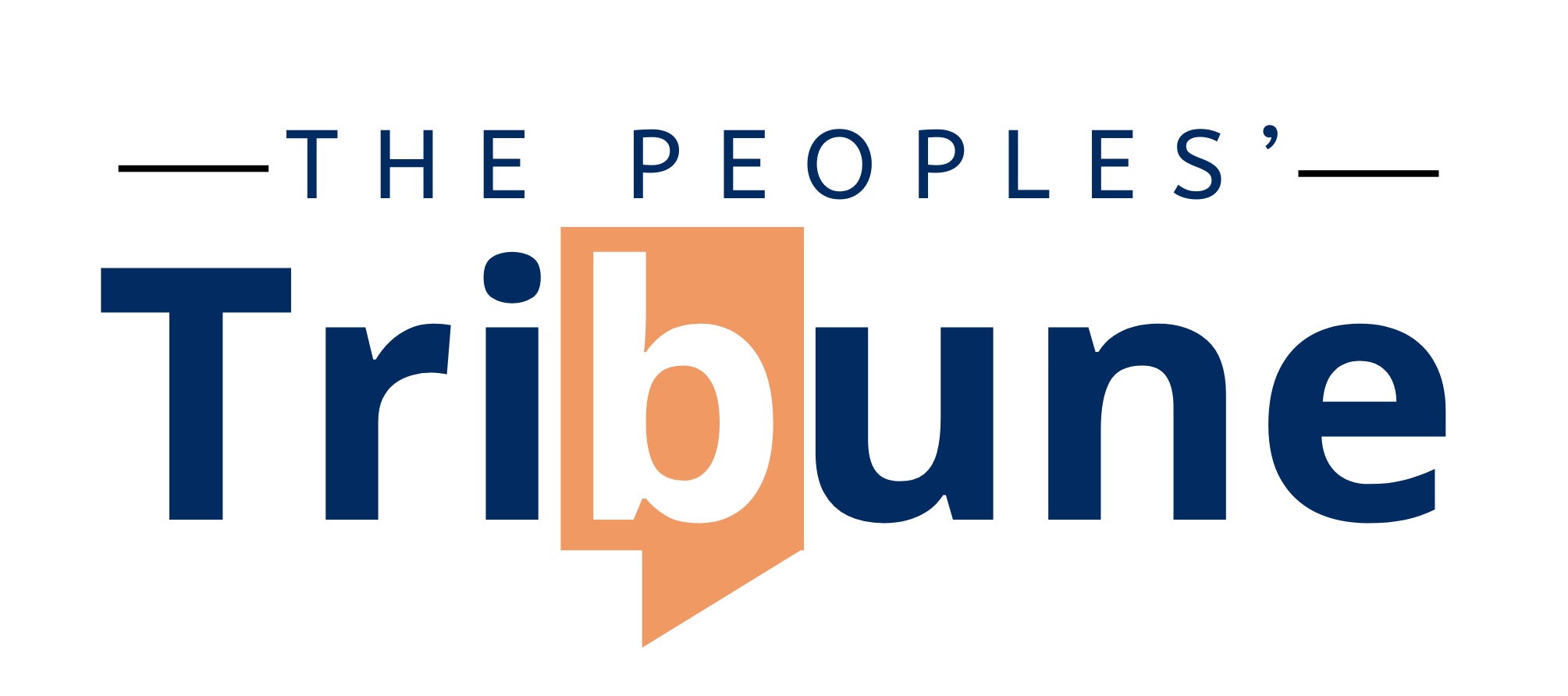Indigenous Peoples and AI: Defending Rights, Shaping Futures
.jpg)
“A world of AI haves and have-nots would be a world of perpetual instability. We must never allow AI to stand for ‘advancing inequality.’ Only by preventing the emergence of fragmented AI spheres can we build a world where technology serves all humanity.” The words of UN Secretary-General António Guterres carry particular weight for Indigenous peoples, whose histories are marked by exclusion from the decisions that shape their futures.
In September 2024, all 193 Member States of the United Nations adopted the Global Digital Compact at the Summit of the Future, a framework anchored in the 2030 Agenda for Sustainable Development. The agreement seeks to make artificial intelligence safe, open, and inclusive, ensuring that its benefits reach every corner of the globe. For Indigenous communities, however, the stakes are far higher than simply catching up in the digital race. Their participation in AI development is bound up with the preservation of their languages, the protection of their lands, and the survival of knowledge systems honed over centuries.
𝐓𝐡𝐞 𝐂𝐨𝐬𝐭 𝐨𝐟 𝐄𝐱𝐜𝐥𝐮𝐬𝐢𝐨𝐧
Most AI systems are still built without Indigenous input. This absence is not merely an oversight but a dangerous gap that puts communities at risk of losing sacred knowledge, suffering environmental harm, and becoming digitally invisible in an increasingly connected world. Without their voices, AI can misrepresent their cultures, distort their stories, and make decisions about land and resources without the benefit of their environmental stewardship. The digital realm becomes another frontier where extraction occurs without consent, echoing centuries-old patterns of dispossession.
𝐅𝐫𝐨𝐦 𝐄𝐱𝐭𝐫𝐚𝐜𝐭𝐢𝐨𝐧 𝐭𝐨 𝐃𝐢𝐠𝐢𝐭𝐚𝐥 𝐒𝐨𝐯𝐞𝐫𝐞𝐢𝐠𝐧𝐭𝐲
The Los Pinos Declaration of 2020 set a clear standard: nothing for us without us. For technology, this principle means that Indigenous peoples must not only be consulted about AI development but must be leaders in it. When they take the lead, the results are transformative. Digital sovereignty allows communities to control their own data and decide how it is used. True inclusion ensures that the tools being built reflect their values and realities. Innovation rooted in identity produces technology that strengthens culture instead of erasing it.
𝐋𝐞𝐚𝐝𝐞𝐫𝐬𝐡𝐢𝐩 𝐢𝐧 𝐀𝐜𝐭𝐢𝐨𝐧
Around the world, Indigenous-led projects are showing what this looks like in practice. In Aotearoa New Zealand, Te Hiku Media has created a Māori language speech recognition system that rivals commercial products while protecting data rights through community consent agreements. In Latin America, the forthcoming Latam-GPT will integrate Indigenous languages such as Rapa Nui into a multilingual AI platform designed for education and public services. On the plains of the United States, the Lakota AI Code Camp trains Indigenous youth to design culturally relevant technology, from interactive language apps to tools that support traditional ecological knowledge. In India, Oraon scholar Sonjharia Minz is developing AI methods to document and secure tribal languages, history, and culture, all under Indigenous governance.
𝐓𝐡𝐞 𝐂𝐮𝐥𝐭𝐮𝐫𝐚𝐥 𝐈𝐦𝐩𝐞𝐫𝐚𝐭𝐢𝐯𝐞
The knowledge that Indigenous peoples carry, knowledge of land, wind, and water, of ecological balance and sustainable living—is not just heritage. It is a living technology in its own right, and in a world grappling with climate change and biodiversity loss, it is essential. In places like Dominica, the Kalinago spirit endures precisely because it has adapted without abandoning its roots. Bringing this wisdom into the digital age enriches not only the communities themselves but also the global knowledge base from which AI can learn.
𝐅𝐫𝐨𝐦 𝐂𝐨𝐦𝐦𝐢𝐭𝐦𝐞𝐧𝐭𝐬 𝐭𝐨 𝐀𝐜𝐭𝐢𝐨𝐧
The Global Digital Compact offers a pathway toward this vision, calling for the closure of the digital divide, the inclusion of diverse languages in AI training, and the strengthening of governance so that AI serves the public interest while reflecting the richness of human cultures. Yet the compact is not binding. Its success depends on governments, the private sector, and civil society making good on its promises, investing in Indigenous-led initiatives, and ensuring that communities have both the tools and the authority to shape their digital futures.
𝐀 𝐒𝐦𝐚𝐫𝐭𝐞𝐫 𝐅𝐮𝐭𝐮𝐫𝐞 𝐟𝐨𝐫 𝐀𝐥𝐥
In a fast-changing world, Indigenous voices are vital. When they lead, technology can sow respect, revive cultures, and build resilience. The future of AI will not be defined solely by the sophistication of its algorithms but by the diversity and depth of the human knowledge it reflects. An AI future that includes and uplifts Indigenous peoples is not only fairer, it is smarter, richer, and better equipped to meet the challenges of the century ahead.

